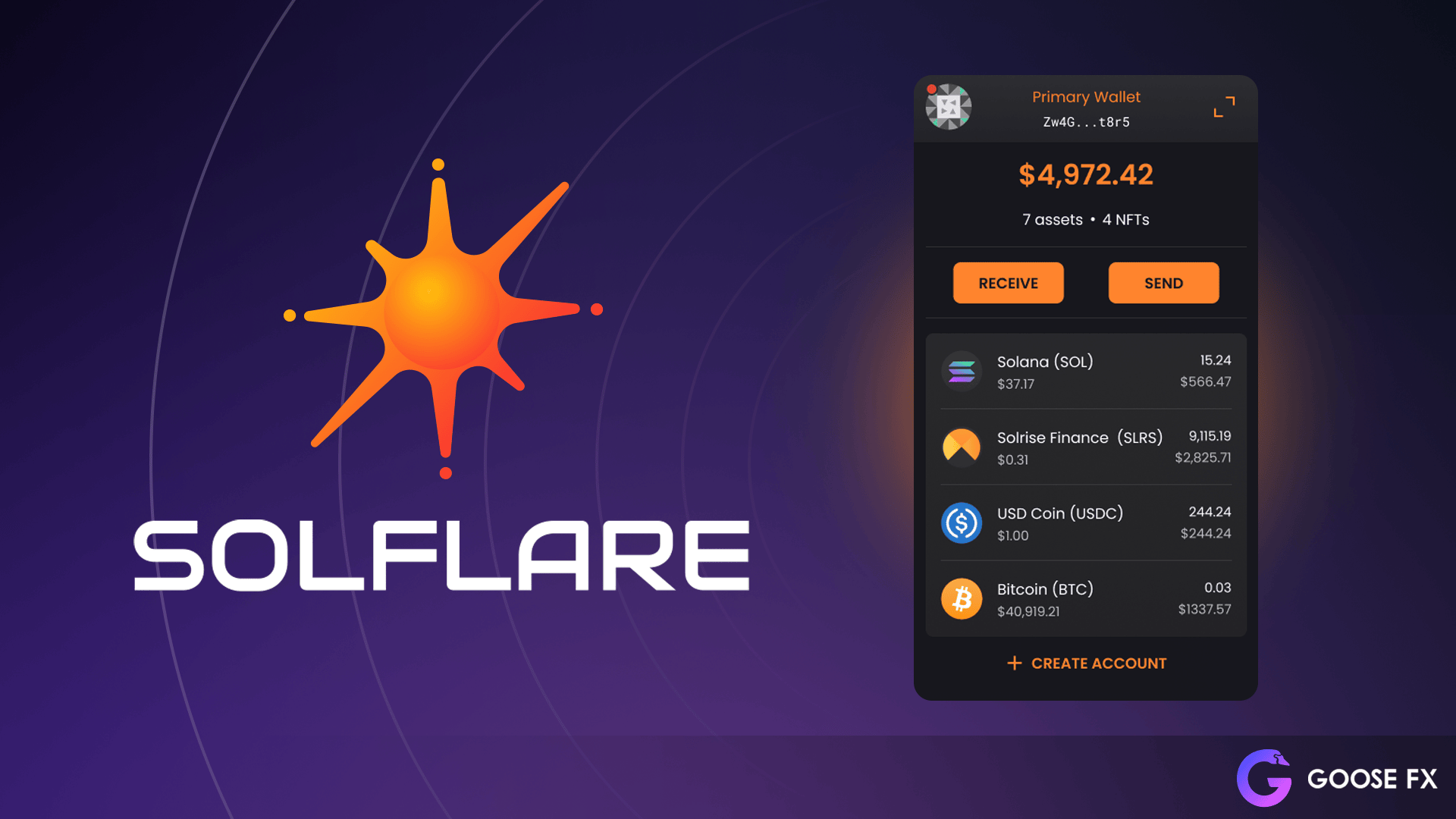So, I was messing around with some DeFi protocols on Solana the other day, and wow—things have changed a lot since I first dipped my toes into crypto wallets. At first glance, it might look like just another blockchain playing catch-up, but actually, the speed and cost efficiency are pretty compelling. Seriously, the fees feel like a breath of fresh air compared to Ethereum’s gas wars—though, of course, that comes with its own set of tradeoffs.
Here’s the thing: managing decentralized finance through mobile apps is becoming the new norm, and it’s not just about convenience. The way these wallets integrate staking, swaps, and portfolio tracking is evolving fast. But it’s tricky—there’s a ton of noise, and not all apps are created equal.
Initially, I thought mobile DeFi wallets were mostly gimmicks, but after spending some time with a few, especially in the Solana ecosystem, I realized they might be the gateway for mainstream adoption. Yeah, I know, that phrase gets tossed around a lot, but hear me out.
My instinct said that if you can combine security with user-friendly design, people will actually start using DeFi on their phones instead of just speculating on exchanges. And no joke, Solana’s ecosystem has been putting serious work into that lately.
Really? Yeah. For example, I stumbled upon a wallet app that made staking feel almost effortless. But before I dive deeper, let me back up a bit and share why this is exciting—and honestly, why I still have some reservations.

From Confusion to Clarity: Navigating DeFi Protocols on Mobile
Okay, so check this out—DeFi protocols on Solana aren’t just carbon copies of what you see on other chains. They’ve built around speed and low fees, which means you can stake or swap without sweating over a $20 gas fee. But, here’s what bugs me about some apps: the UX is still inconsistent. Sometimes you feel like you’re juggling too many options with little guidance.
For example, I was trying to track my portfolio across a couple of liquidity pools and staking positions. At first, the app’s dashboard felt cluttered, and I thought “This is too much info.” But then I realized the complexity is actually a reflection of DeFi itself—it’s just hard to simplify without losing essential details.
On one hand, the promise of managing everything from one mobile interface is huge. Though actually, it demands that wallet developers nail the balance between power and simplicity. That’s not trivial.
Something felt off about the security layers too. Mobile apps are vulnerable by nature, but wallets that integrate hardware-level security or biometric authentication really stand out. I’m biased, but that’s a must-have for a serious DeFi user.
Which brings me to the solflare wallet download—yeah, I know the name’s been around, but their mobile app nails this balance better than most. It supports staking, swapping, and portfolio tracking with a surprisingly smooth UI, plus it’s built specifically for Solana. I ended up recommending it to some friends who are new to crypto because it just makes the whole DeFi experience less intimidating.
Why Portfolio Tracking Matters More Than You Think
Tracking your portfolio on mobile isn’t just about seeing numbers; it’s about understanding risk and opportunity in real time. I’ve lost count of how many times I’ve missed a good staking opportunity just because I wasn’t checking desktop dashboards. The immediacy that mobile apps offer is a game changer.
Interestingly, some wallets now let you set alerts for when your staking rewards hit a certain threshold or when a particular token’s price changes drastically. That’s kinda like having a mini financial advisor in your pocket, minus the fees.
But, I’ll be honest, not all portfolio trackers are equal. Some apps pull data from multiple sources instantly, others lag behind or show conflicting info. So, if you’re serious about managing your assets, you want a wallet that syncs well with the blockchain and DeFi protocols you use.
That’s why I’ve stuck with the solflare wallet download option—it’s reliable, and the updates keep improving the tracking features. Plus, it integrates staking seamlessly, so you’re not jumping between apps.
Honestly, it’s the kind of thing that once you get used to, you wonder how you ever managed without it.
Mobile DeFi: The Future or Just a Fad?
Hmm… mobile-first DeFi has its challenges. For one, there’s the ever-present question of security versus convenience. Wallets have to walk that tightrope daily. Plus, the regulatory landscape is shifting, which adds an extra layer of unpredictability.
Still, I think the current trajectory is promising. Solana’s growing ecosystem combined with wallets optimized for mobile use means we’re heading toward a place where managing your crypto assets is as natural as checking your bank app.
Oh, and by the way, if you’re curious about getting started, the solflare wallet download is straightforward and user-friendly—perfect for both rookies and seasoned users.
At the end of the day, mobile DeFi wallets on Solana offer a unique blend of speed, functionality, and accessibility that’s tough to beat right now. Sure, there are kinks to work out, but the momentum is undeniable.
So yeah, if you ask me, it’s worth giving mobile DeFi apps a real shot—especially if you want to stay ahead of the curve. And don’t sleep on the staking rewards; they’re often overlooked but can add up nicely over time.
Frequently Asked Questions
Is the Solflare wallet safe for mobile DeFi activities?
While no wallet is 100% foolproof, Solflare implements strong security measures like biometric login and hardware wallet integration, making it a solid choice for managing DeFi on mobile.
Can I stake tokens directly through the mobile app?
Yes, Solflare’s mobile app supports staking for a range of Solana-based tokens, simplifying the process without needing to visit separate platforms.
Does the app provide real-time portfolio tracking?
It does. The portfolio tracker updates in near real-time, pulling data from the blockchain and DeFi protocols you’re involved in, helping you monitor your investments on the go.



